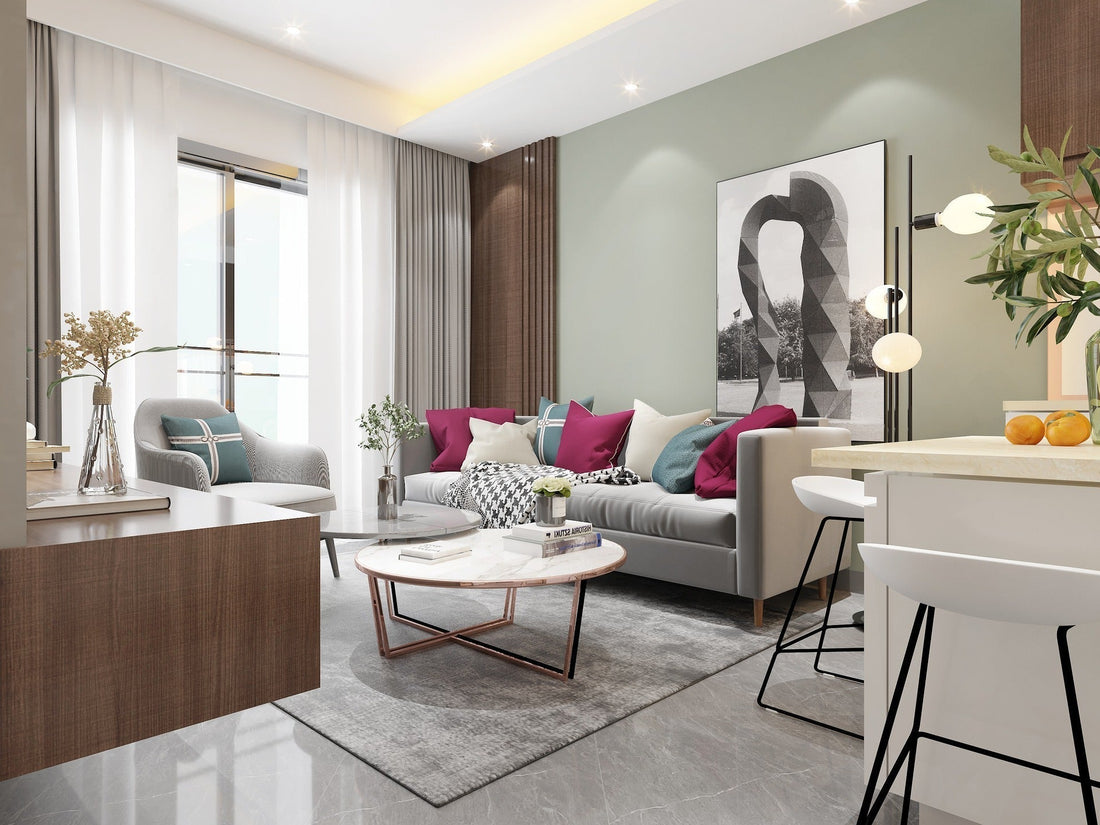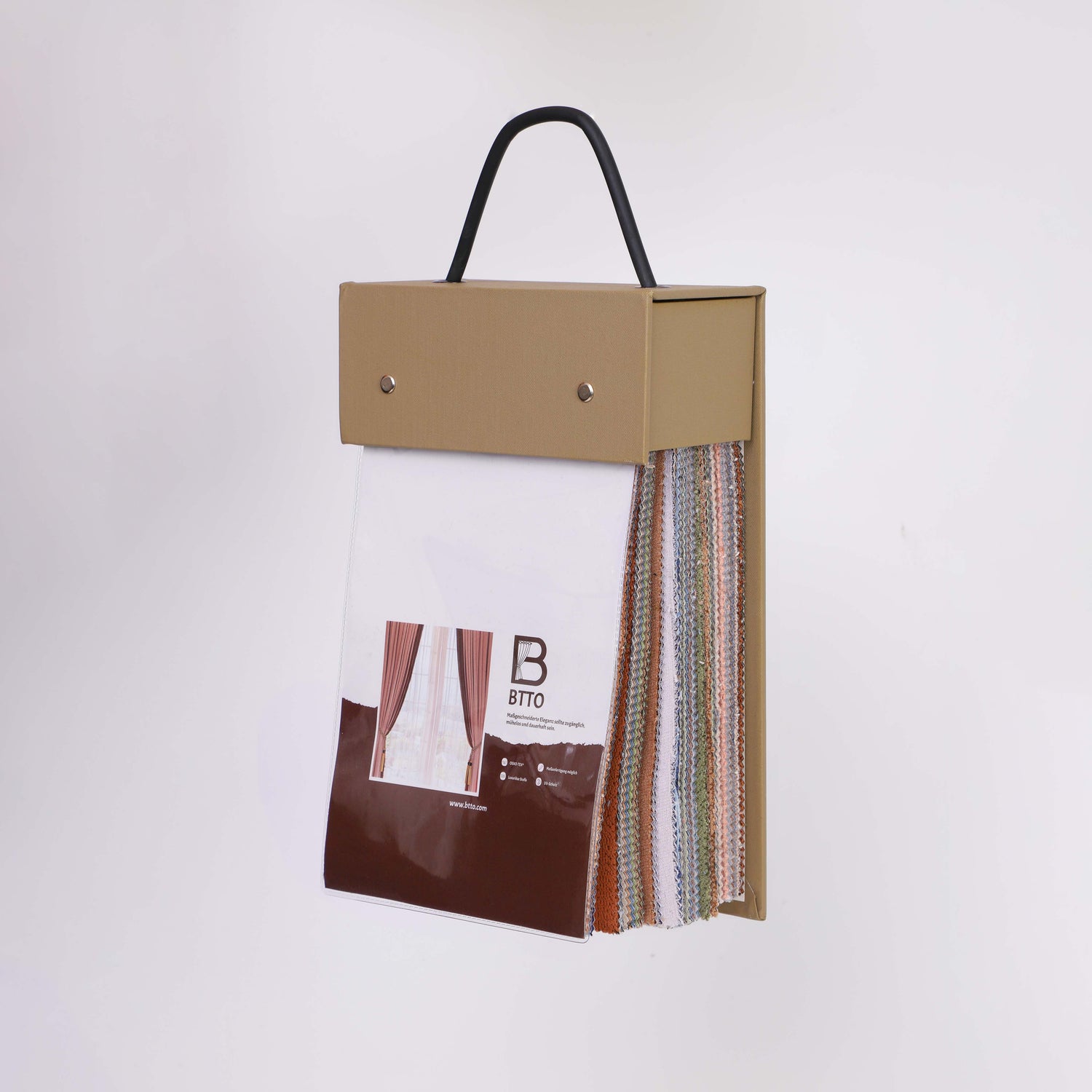
Four keys to a comfortable home: space, style, color, accessories
How does a house become a warm, comfortable home? With a clear concept consisting of four building blocks: well-thought-out room layout , precise style definition , harmonious color schemes , and the targeted use of accessories . This is how your personal feel-good ambiance is created.
01 | Planning room layout sensibly: Making rooms come alive
Organize functional zones, rest and movement
Before decorating begins, active zones like the living room, dining area, and kitchen are separated from quieter areas like the bedroom or home office. This creates structure and relaxation.
Optimize routing
Plan clear walkways. Main paths should be about 80 cm wide to ensure that everyday life can proceed without obstacles.

Choose furniture to suit the room
Scale is crucial: In narrow spaces, smaller sofas and delicate furniture work better than large, bulky pieces. This keeps the space airy and practical.
02 | Defining your home style accurately: Show your personality
Select styles specifically
Whether modern minimalist or Nordic natural, choose a style that suits your everyday life. Minimalism is easy to maintain and clean, while Scandinavian looks exude a cozy, natural feel.
Consistently implement elements
Materials, lines, and decor should harmonize with each other. Metal, glass, leather , abstract art, and geometric objects are all well-suited to the modern style.

Mix and match with measure
A mix of styles thrives on a defined underlying tone. Complementary elements are deliberately chosen and limited to around 30 percent . This creates an exciting, not chaotic, effect.
03 | Combine colors cleverly: create atmosphere
Color proportions in the 60–30–10 principle
- Base color 60 percent : Walls and ceilings in white, beige or gray as a calm stage
- Theme color 30 percent : Furniture or curtains set lively accents
- Accent color 10 percent : Small accessories or plants give freshness
Use colors effectively
Warm tones are suitable for living and dining areas, while cool tones are calming in bedrooms and work rooms. If you have trouble sleeping, avoid strong reds or purples in the bedroom; light blues or greens promote calm.

Pay attention to light and adjust it flexibly
Good lighting accommodates darker tones with depth. In dark rooms, light colors make the space appear larger and more inviting. Materials reflect light differently: metal and glass enhance brilliance, while wood and textiles create a softer effect.
04 | Use accessories effectively: subtleties with impact
Decorate in moderation
Less is often more. In small rooms , one or two select pictures and a few plants are sufficient. This keeps things clear and high-quality.
Define focus
Every room needs a focal point, such as a large picture above the sofa or a special object in the entryway. Additional decor supports this focal point rather than competing with it.

Align material and color with style
Wood, cotton, and linen in natural tones and white complement the Nordic look. A consistent combination of materials and colors lends the overall look a high-quality feel.
A harmonious room layout forms the foundation, the right style provides identity, clever color choices create atmosphere, and accessories add the final touch. Combining all four building blocks creates a home that is warm, comfortable, and truly personal.

